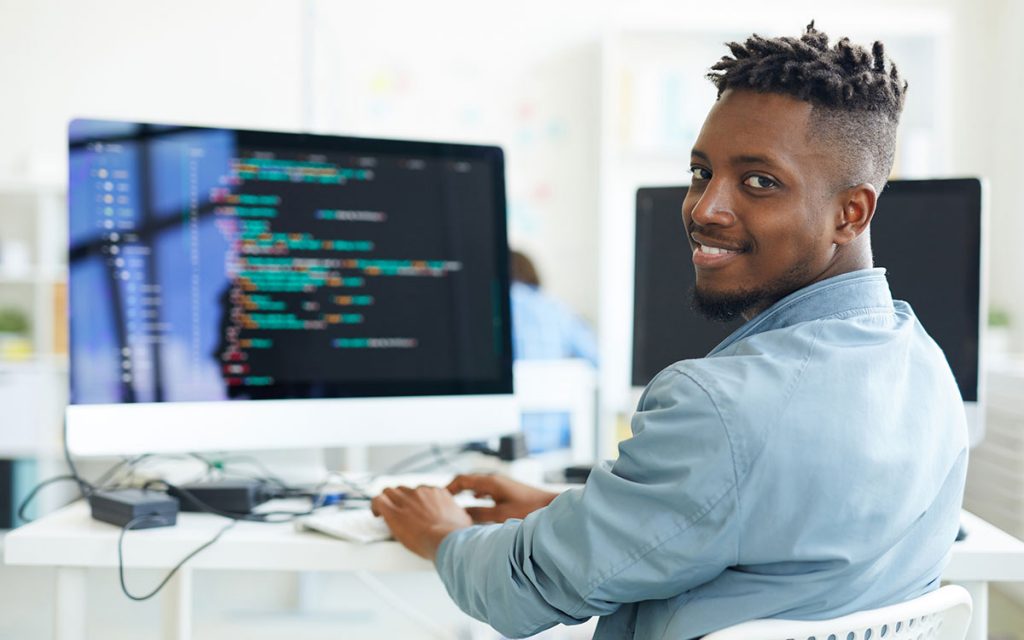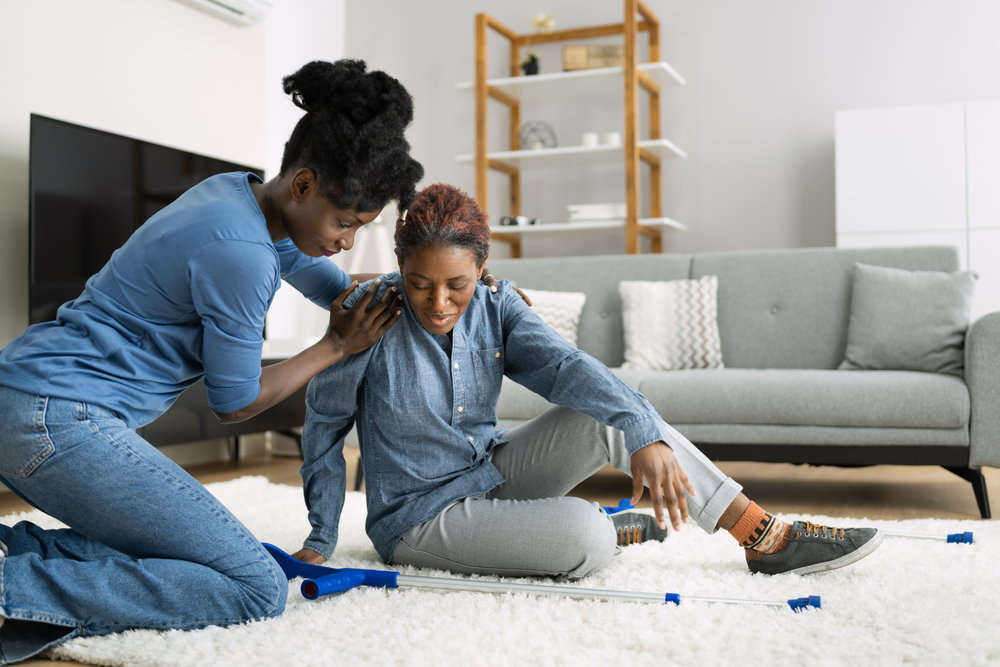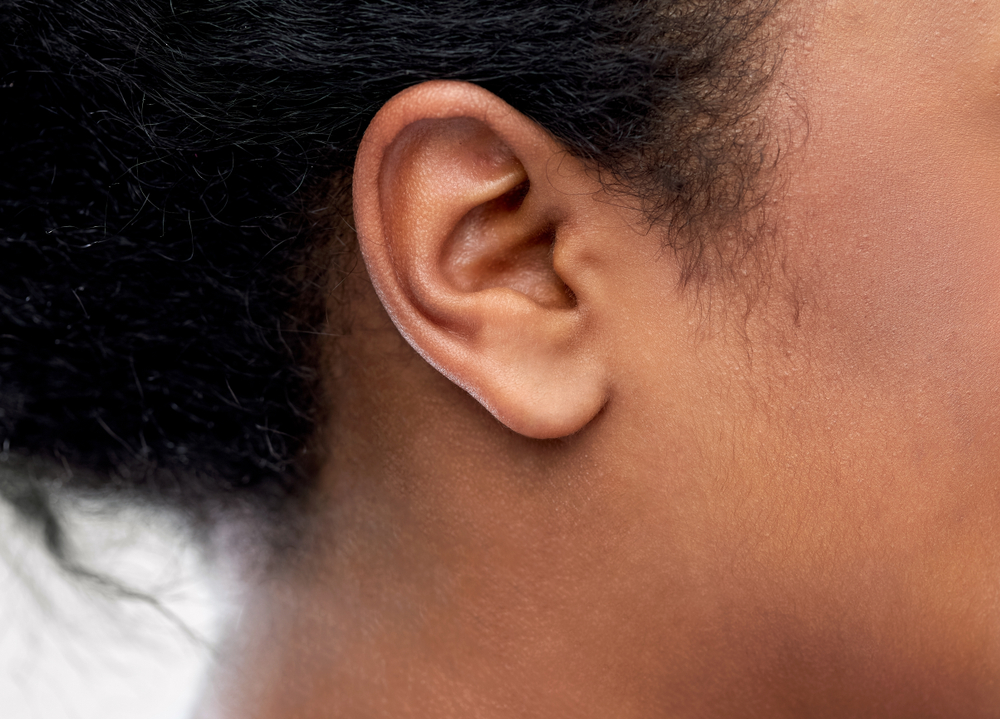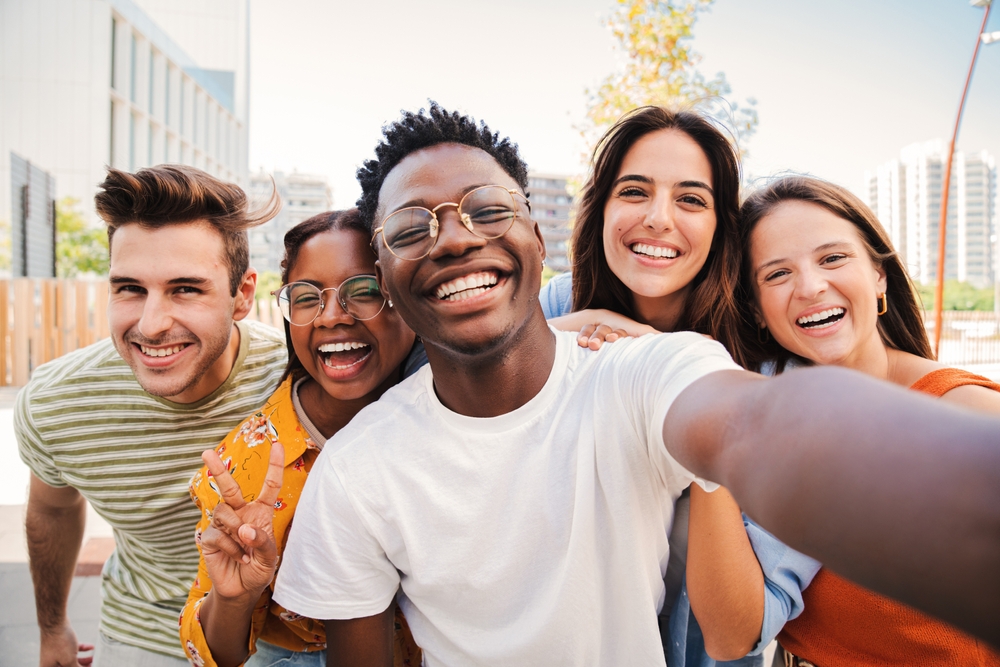Hearing aids and cochlear implants are technological marvels. And they let 15-year-old Jennifer hear when she might otherwise struggle with deafness. Jennifer is also an avid cyclist. She used to ride her bike to and from school every day (well, maybe not when it was raining). Her commute was the highlight of her day.
The problem she’s been having trouble finding a bike helmet that will fit over her implants. So she’s faced with a choice: ride without a helmet (which is unsafe), ride without her implants (which is also unsafe), or don’t ride at all (which is uncool).
Jennifer’s not alone, of course. There are unique challenges that come with being hearing impaired. Challenges such as Jennifer’s used to fly under the radar. But these days, companies as large as Apple and Google are developing new technological solutions for those who are living with hearing impairment.
A Helmet With Room for Hearing Technology
That said, Jennifer’s problem wasn’t solved by a giant tech firm (though Apple and Google do give us reasons to be excited–reasons we’ll get to momentarily), Instead, it was up to a high school junior from Park City, UT, to figure out how to create a helmet that would accommodate cochlear implants.
The solution, it turned out, was the addition of little holes on both sides of the helmet. These holes create enough space for the cochlear implant’s external transmitter without compromising the overall integrity or safety of the helmet.
With this helmet, invented by Remy Eichner as part of an entrepreneurship challenge, Jennifer (and everyone with implants like hers) will be able to safely hop on a bike without having to forfeit either her helmet or her hearing. In other words, Jennifer can get back on that her and ride it to and from school every day, just like she used to.
Technology Helping the Hearing Impaired
I mentioned Apple and Google, didn’t I? (They are a bit too big to ignore, I’ll admit.) Yes, Apple and Google are working on this hearing impairment thing, too, and these giants of technology have unveiled a couple of encouraging innovations.
Apple plans to:
- Create and publish more apps devoted to helping those with hearing aids manage their devices.
- Make their new operating system more compatible with hearing aids. For example, a new Apple Watch app is designed to monitor the battery life of your hearing aid (meaning you won’t have to wait for audible battery alerts anymore).
- Create apps that will display external noise data. This can help you properly monitor or calibrate your hearing aid.
Google plans to:
- Invest heavily in voice-to-text technology. This means that if you suffer from hearing loss, you could have a means of staying involved in conversations around you even when your hearing aids aren’t in.
- Develop software that can help boost sounds for its users.
Apple and Google (and everyday people, even in High School) recognize that hearing loss is becoming increasingly common–both among aging populations and among the youth.
In order to keep their users happy and engaged, Apple, Google, and many other tech companies are investing in new technologies to assist the hearing impaired.
Counting on Technology to Solve Hearing Impairment
Using technology to fix a problem is nothing new. We count on technology to get us out of all kinds of jams. Lost in a new neighborhood? Pull up directions on your smartphone. Run out of buttermilk for your waffles? Google a quick and easy replacement. Can’t find something to watch on TV? Turn on Netflix and spend two entertaining hours searching through page after page of movie and TV show titles before shrugging and going to bed.
The point is, technology solves problems. So it’s not surprising that we’re using technology to improve the lives of those with hearing impairments. Bluetooth, wifi, lithium ion batteries–these days hearing aids have it all. And they’re going to get more.
The innovations developed by Google, Apple, and other technology companies are designed to improve accessibility–to improve the lives of those with hearing impairments. That’s worth celebrating (just don’t forget to wear your helmet on your celebratory bike ride).



